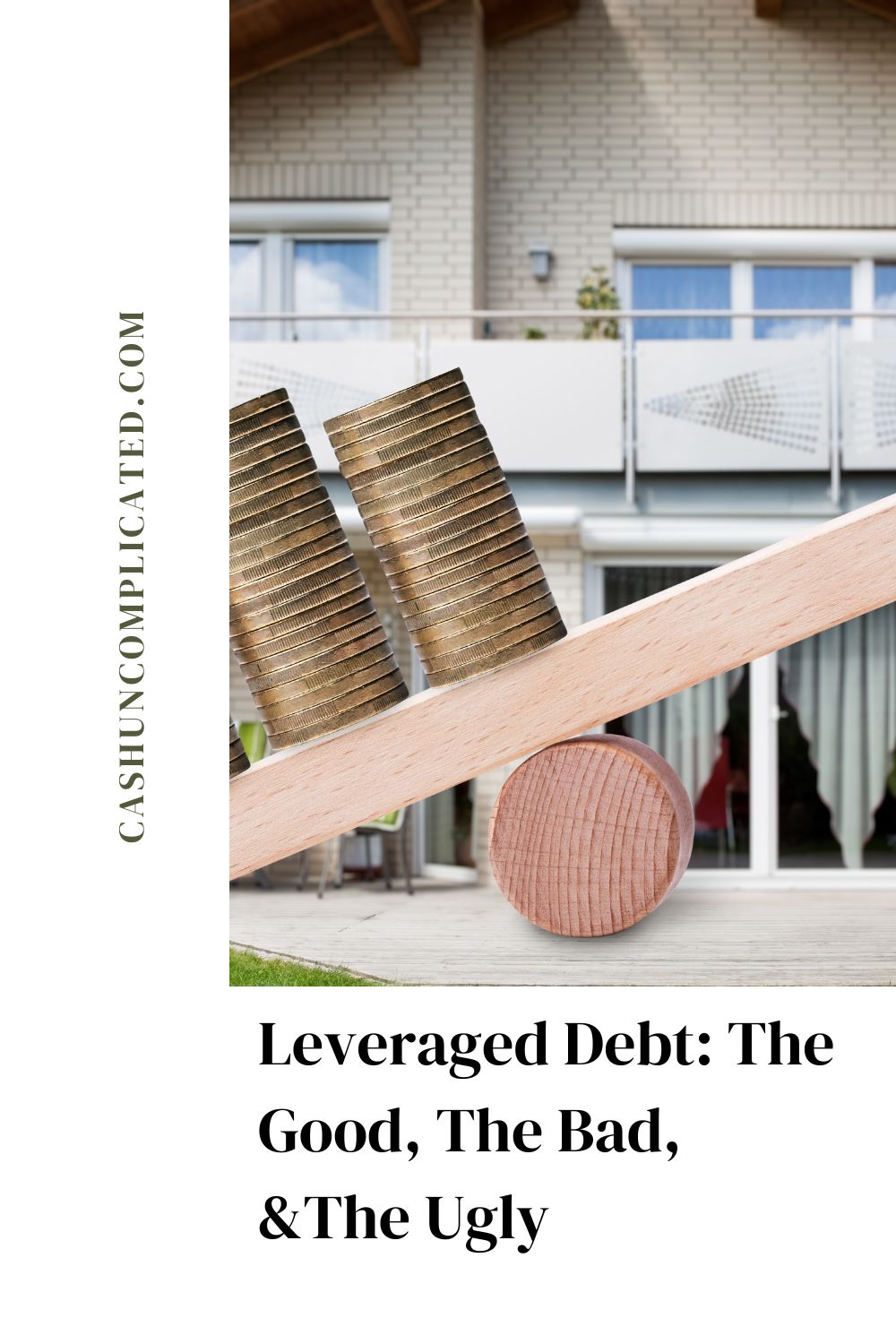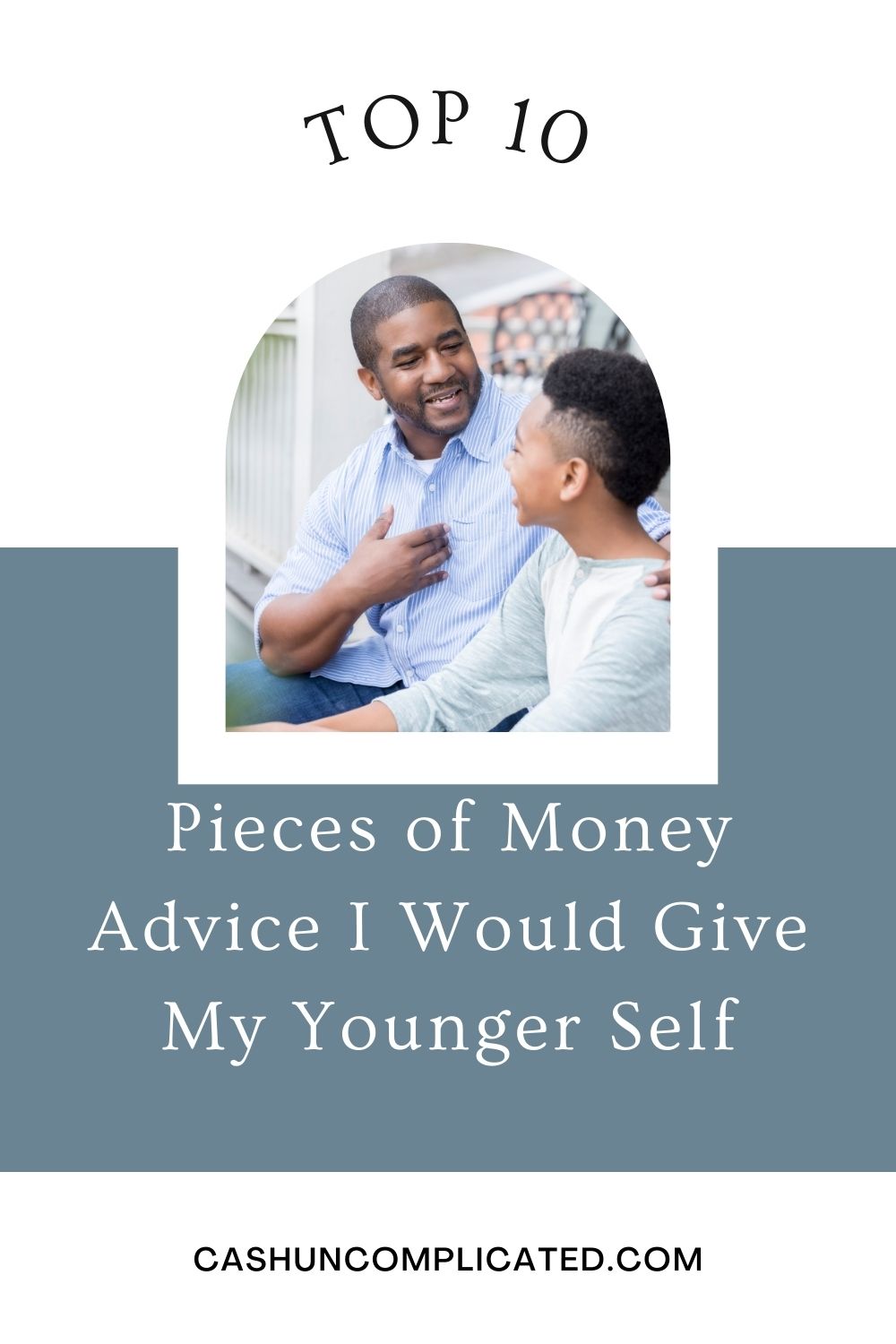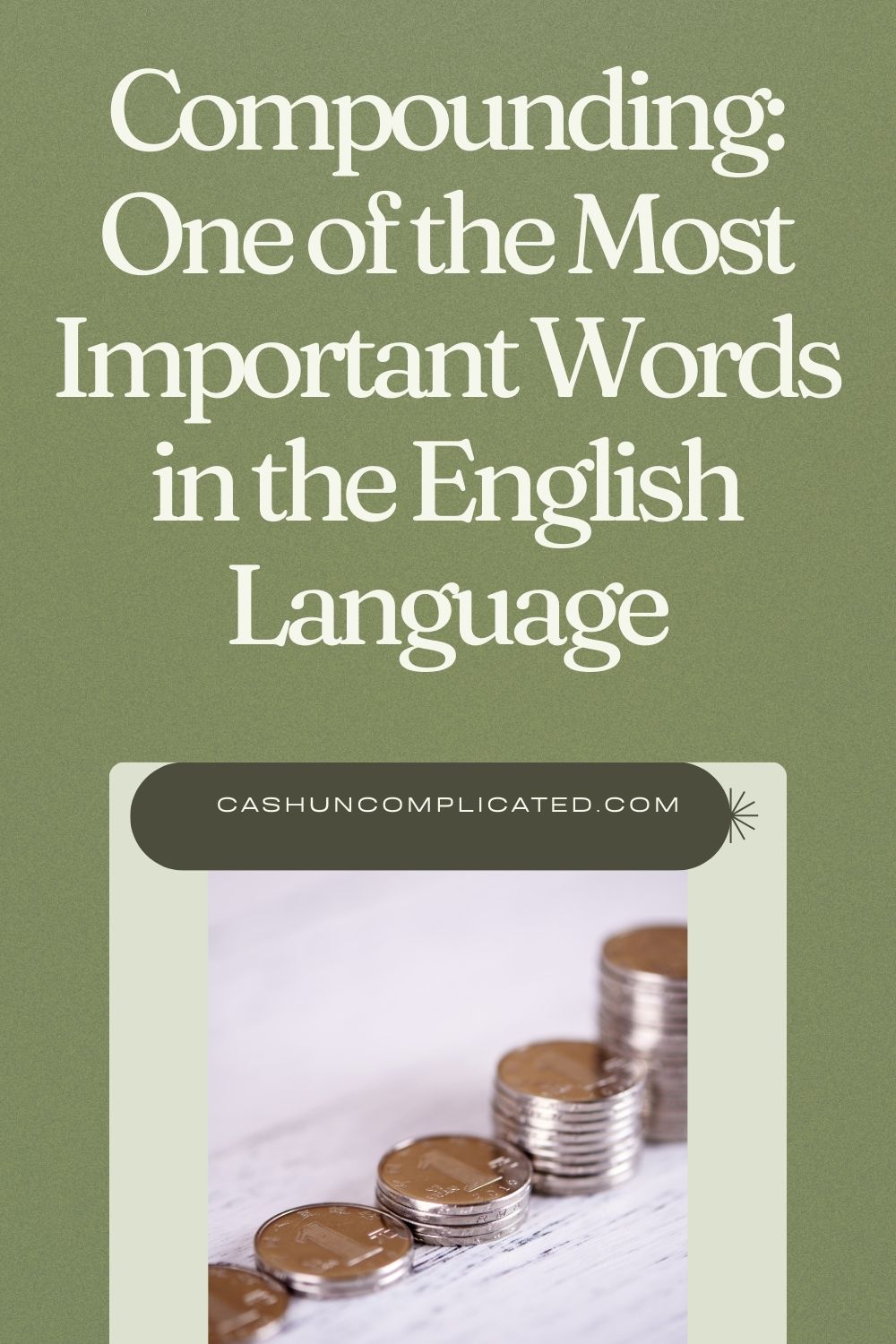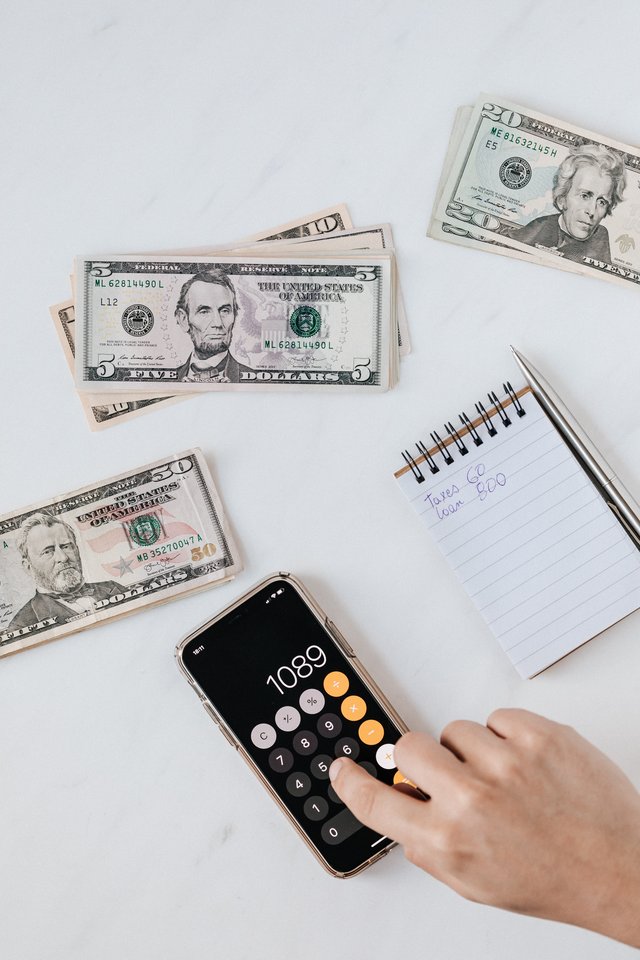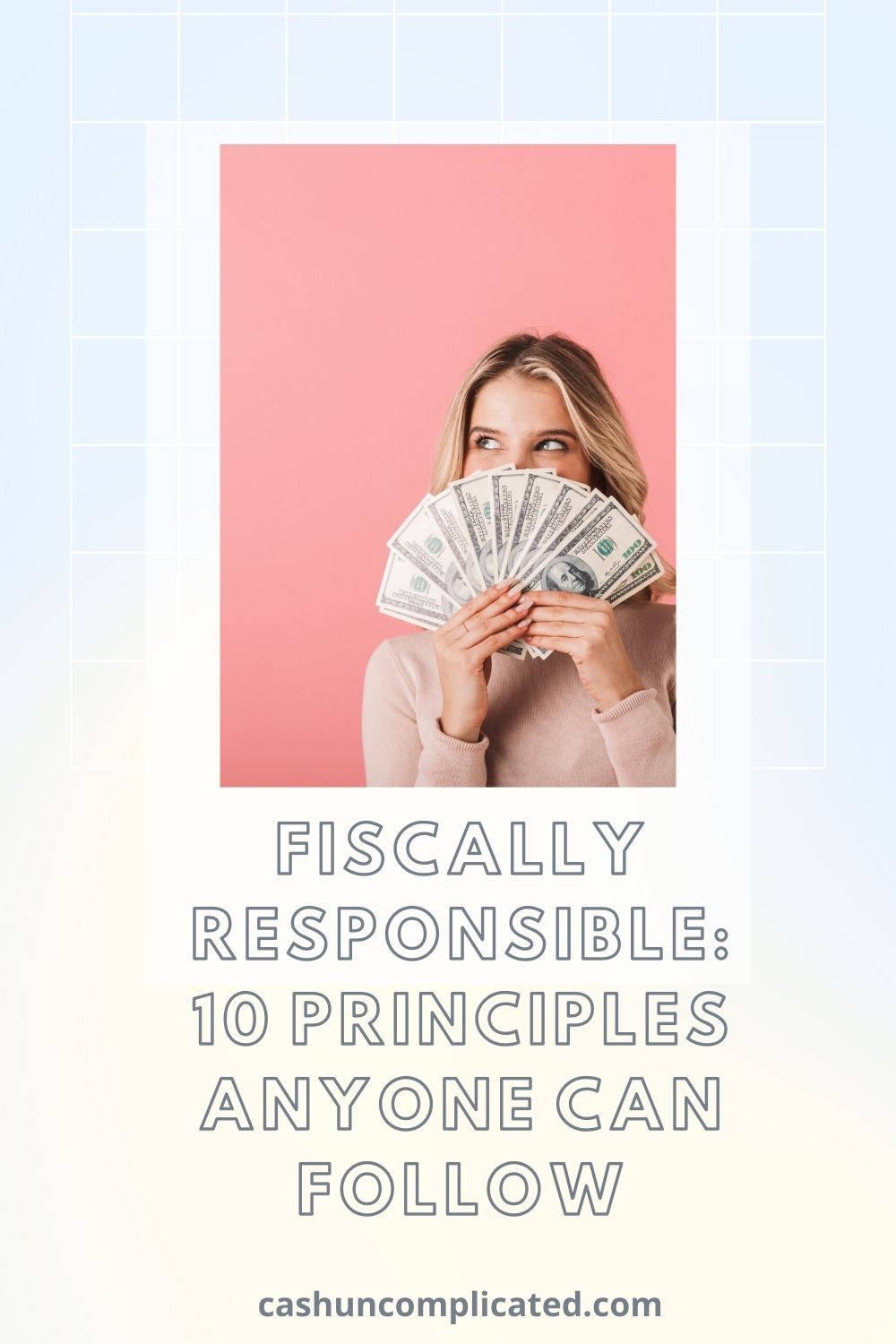Today I’m writing about something that is plaguing the everyday person: reverse compounding. It’s something I used to take part in because I had credit card debt.
I was making the credit card companies rich while robbing myself, and my goal is for that not to happen to you.
What is Compounding?
Before we get into reverse compounding, let’s touch on compounding, or compound interest. Compounding is when the money you invest earns more money, and the money earned off the principal earns more, and the money after that earns more. So on down the line.
For example, $1,000 invested at a 10 percent rate of return will earn $100 that year. Now you’ve got a total of $1,100.
Well, the next year that money is going to earn $110 because the interest earned from the previous year is now compounding. As the years go by, the money continues to compound, eventually growing at an exponential rate. A few examples to show the power of compounding, using a 10 percent rate of return for simplicity:
- $10,000 invested over 30 years equals $174,494
- $100,000 invested over 30 years equals $1,744,940
- $500,000 invested over 30 years equals $8,724,701
- $1,000,000 invested over 30 years equals $17,449,402
This is all without adding any additional capital!
What is Reverse Compounding?
Reverse compounding is compound interest working for the lender and against you. There are two really big problems with this. The first is that you are paying money to the banks for them to make money on.
For example, someone carrying a $5,000 credit card balance is paying interest every month on that money. That reduces the amount to reduce the principal and keeps the borrower treading water, especially if paying just the minimum. It can take years and years and cost thousands of dollars in interest.
The second big problem with reverse compounding is that it prohibits that money from compounding for you. If you are paying $100 per month to a credit card balance that money is gone and cannot compound for you. What’s gone from your possession cannot work for you.
Related: Investing: Literally Purchasing Money With the Magic of Compound Interest
Reasons to Avoid Reverse Compounding
There are lots of reasons to avoid reverse compounding, these are my top ones.
Number 1: Miracle of Compounding Working Against You
The first reason to avoid reverse compounding is that it creates a situation where the miracle of compound interest is working against you. Albert Einstein has a quote that reads: “Compound interest is the eighth wonder of the world. He who understands it, earns it. He who doesn’t, pays it.”
This quote could not be any more true. A basic personal finance principle is to have compounding work for you, not against you. The earlier you can get it working for you, the better. Compound interest snowballs and that snowball can go both directions–for you or against you.
Here’s an example of reverse compounding and how detrimental it can be to your personal finance situation. It would take someone with $15,000 in credit card/consumer debt paying only $300 per month on the balance nine years and two months to pay off the card assuming a 20 percent interest rate. Plus $17,520 in interest.
That’s an exorbitant amount of money that is being taken directly out of this person’s pocket and going to the creditor.
Number 2: Delays Wealth Building
The longer you are in consumer debt and falling victim to reverse compounding, the longer it takes to build your own wealth. This is for the simple fact that there’s no money to invest if the majority of money is going to interest payments.
It’s simple math:
- $200 paid per month in interest is $200 that can’t be invested
- $325 in interest is over $300 that can’t be invested
Replace these figures with any number and the same idea applies.
This is such an important concept because one of the top factors in compounding is time. Delaying wealth building by even a few years has big ramifications down the road.
Number 3: Opportunity Cost
Number three on the list of why it’s important to avoid reverse compounding is very similar to the last point. Opportunity cost is the idea that money going towards one thing means it can’t be invested in something else. A few examples:
- $625 per month towards a car payment is $625 every month that can’t be invested
- $125 interest on a personal loan is over $100 per month that can’t be invested
- $80 per month in interest on a credit card bill is almost $100 that can’t be invested
All the money in the examples above is money that cannot be invested, or even utilized for your daily use. Getting out of this cycle opens up new doors and new investment opportunities.
Number 4: Big Hole That Keeps Growing
Reverse compounding creates a big hole that keeps growing. Consumer debt is bad enough because it creates a hole. But when you add reverse compounding to the mix of consumer debt, it makes the hole a giant crater that can become very difficult to get out of.
People have a tendency to think about money in linear terms. Put $200 on the credit card and pay $200 back. But that’s not the way it works with reverse compounding.
That $200 gets stacked on top of the money you already owe and compounds even greater interest that you have to pay back. So that $200 isn’t experiencing linear growth, it’s compounding growth. Here are a few examples using varying degrees of consumer debt, assuming a 20 percent interest rate:
- Paying interest plus one percent of the balance on a $7,500 credit card bill equals $4,368 of interest and five years
- It will take five years and $5,825 to pay off $10,000 in consumer debt if paying interest and one percent of the balance
Even worse, these numbers assume that no additional money is being added to the debt, which in real life is unlikely. Normally, people add on to the debt, creating a massive crater of debt that is incredibly hard to get out of.
Number 5: Mental Toll
Moving away from the math and numbers side, let’s take a look at the psychological side of reverse compounding. There’s a helplessness that develops when the consumer debt stacks up and compounds. For example, someone making $4,000 per month with $15,000 in consumer debt is in a very difficult position.
There isn’t a lot of money left over to chip away at the debt after you factor in rent/mortgage, transportation, food, healthcare, etc. Months and months of minimal to no progress on the debt is mentally taxing.
And for those who are actually seeing the debt grow, it really starts to take a mental toll because it seems like a hopeless financial situation.
Number 6: Less Than Zero
For those in consumer debt and experiencing reverse compounding–that’s less than zero. It’s negative money getting more negative by the day. $8,000 in consumer debt is bad enough, $8,300 the next month is even worse.
It’s a battle just to get back to zero, which is not a battle a working adult wants to be in. I think most people have an expectation that their personal finance situation is going to get better with time and effort. Watching your net worth go further and further from zero (in the wrong direction) is very disheartening.
Number 7: Keeps People Broke
The final reason to avoid reverse compounding is that it keeps people broke. In many cases, less than broke. It’s impossible to move out of broke if you’re getting hit by reverse compounding. It’s a continual state of being behind the 8 ball.
In order to move out of a broke state, you’ve got to have more money coming in than bills. Otherwise the math doesn’t work out and you’ll stay in the broke position. Reverse compounding widens the gap between the negative and getting back to even.
Conclusion
Compound interest is a double-edged sword in that it can work for you or against you. The good news is that you can dull the blade of this double-edged sword simply by staying out of consumer debt and avoiding reverse compounding.
If you stay out of consumer debt, there’s no way for this second side of the sword to harm you, because the opportunity just isn’t there. Then you can make compound interest work for you, as it was intended.
Have you ever felt the negative effects of reverse compounding?






